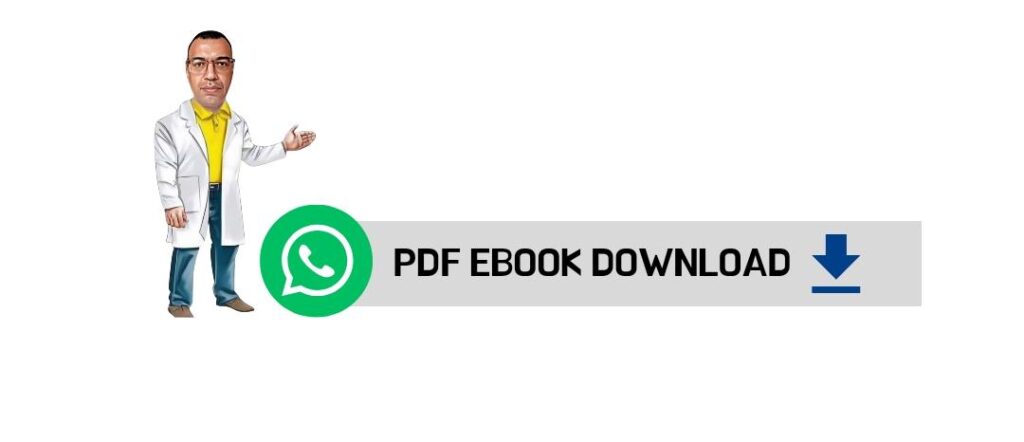On is the French impersonal subject pronoun, and normally shouldn’t be preceded by l’ neither the direct object definite article.

In Old French, on was the subject case for the noun homme, so l’on at this time meant les hommes. When the subject case disappeared in French, on stuck around as a pronoun, and retained the ability to take the definite article. L’on is much more common in written French than in spoken, because it is a formal, elegant construction, and writing tends to be more formal than speech. Today, this l’ is simply considered a euphonic consonant and is used in the following situations:
1. After certain monosyllabic words that end in a vowel sound, like et, ou, où, qui,quoi, and si, to avoid a hiatus.
- Sais-tu si l’on a demandé ? (avoid si on) Do you know if someone asked?
- …et l’on a dit la verité. (avoid et on) …and they told the truth.
2. After que, lorsque, and puisque, to avoid the contraction qu’on (sounds like con), especially if the next word begins with the sound con.
- Lorsque l’on est arrivé… (avoid lorsqu’on) When we arrived…
- Il faut que l’on comprenne. (avoid qu’oncomprenne) It’s necessary for everyone to understand.
3. At the beginning of a sentence or clause. This usage of l’on is not a question of euphony, but rather a holdover from l’époque classique and is thus very formal.

- L’on ne sait jamais. One never knows.
- Lorsque je suis arrivé, l’on m’a dit bonjour. When I arrived, everyone said hello.
Note: For the purposes of euphony, on is used instead of l’on
- After dont (le livre dont on a parlé)
- In front of words that begin with l (je sais où on lit)

